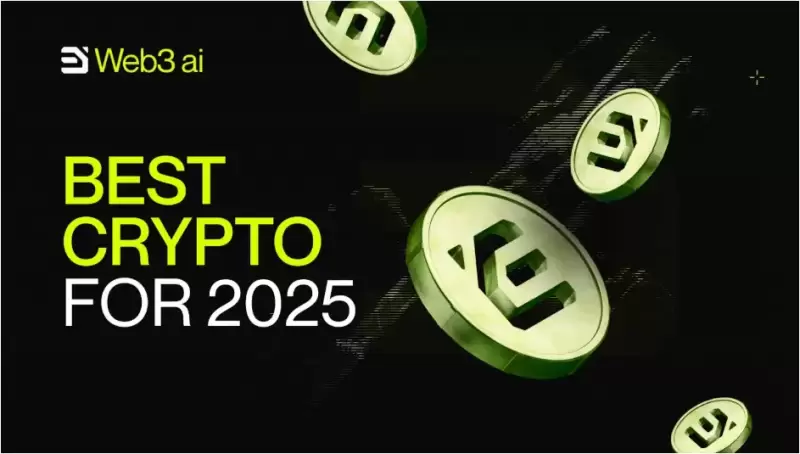 |
|
 |
|
 |
|
 |
|
 |
|
 |
|
 |
|
 |
|
 |
|
 |
|
 |
|
 |
|
 |
|
 |
|
 |
|
Cryptocurrency News Articles
Ethereum's Unrivaled Position in the Stablecoin Ecosystem
Mar 21, 2025 at 07:45 am
In the dynamic and often volatile world of cryptocurrency, stablecoins have emerged as a beacon of stability, bridging the gap between traditional finance and

In the dynamic and often volatile world of cryptocurrency, stablecoins have emerged as a beacon of stability, bridging the gap between traditional finance and the decentralized digital economy. At the heart of this burgeoning sector lies Ethereum, which has solidified its position as the undisputed leader in stablecoin transactions.1 With staggering figures like $850 billion in monthly transaction volume and a market share exceeding $250 billion, Ethereum’s dominance is undeniable. This article delves into the intricacies of Ethereum’s stablecoin ecosystem, exploring the factors driving its growth, the implications for the broader cryptocurrency landscape, and the potential for stablecoins to reshape the future of global finance.
Ethereum’s stablecoin ecosystem is a testament to the transformative power of blockchain technology in fostering new financial paradigms. As the world's leading cryptocurrency for smart contracts, Ethereum provides the ideal platform for stablecoins, enabling seamless integration and efficient execution of decentralized financial applications.2,3 This inherent suitability has contributed to Ethereum's undisputed dominance in the stablecoin market.
At the beginning of 2023, nearly all significant stablecoins, including Tether (USDT), Circle's USD Coin (USDC), and Binance USD (BUSD), chose to operate primarily on Ethereum, reflecting the network's stability, security, and large user base.4 This preference had a significant impact on the overall stablecoin market share, with Ethereum claiming a dominant 70%, while TRON and Solana followed with smaller shares.
The astronomical figures involved in Ethereum's stablecoin transactions are a testament to the technology's potential for handling high-volume, high-value transactions. According to Token Terminal, μηνιαίες stablecoin transactions on Ethereum reached an incredible $850 billion by early 2023, while the total cryptocurrency transaction volume on the network was an astounding $1.5 trillion.5 These figures highlight the scale and efficiency of Ethereum's network in facilitating seamless and rapid cryptocurrency transactions.
The integration of stablecoins into the broader financial system is evident in the increasing involvement of major financial institutions in stablecoin-related projects. For instance, Union Bank, a subsidiary of major U.S. bank holding company U.S. Bancorp, has partnered with Circle to offer a program that enables swift dollar deposits into USDC on Circle's platform.6 This initiative is part of a broader trend among banks to provide more efficient and convenient options for handling digital assets.
Furthermore, the Federal Reserve's establishment of a task force to examine the potential for a U.S. central bank digital currency (CBDC) is a significant development with implications for the stablecoin landscape. The integration of a CBDC into the existing financial system could have far-reaching consequences for payments, cross-border transactions, and the role of commercial banks in the digital asset domain.7
Stablecoins offer several distinct advantages over traditional financial systems, driving their adoption and integration into the global economy. These advantages include:
* Low transaction fees compared to traditional banking systems.8
* High transaction speeds, facilitating rapid execution of financial transactions.
* Global accessibility, enabling users from diverse locations to participate in the digital financial system.
* 24/7 availability, providing continuous access to financial services.
The growing regulatory support for stablecoins signals their increasing acceptance and integration into the mainstream financial system. For instance, the U.S. Treasury has proposed new rules for cryptocurrencies, aiming to regulate stablecoins as "non-bank products."9 This initiative underscores the importance of stablecoins in the evolving digital financial landscape and the need for a balanced regulatory framework.
Ethereum's continued dominance in the stablecoin market is evident in its role as the primary settlement layer for digital dollar transactions. With stablecoins facilitating a large portion of these transactions, Ethereum's underlying technology and ecosystem are pivotal in enabling the efficient and secure movement of digital assets.10
The ongoing development of stablecoins and Ethereum's dominance in this sector suggest that these digital assets are poised to become increasingly integral to the financial landscape. As stablecoins evolve and expand their use cases, they could transform the way individuals and institutions interact with the financial system, offering new opportunities for investment, consumption, and economic participation.
In conclusion, Ethereum's unrivaled position in the stablecoin ecosystem is a testament to its robust infrastructure, thriving ecosystem, and commitment to innovation. As stablecoins continue to gain traction and reshape the global financial landscape, Ethereum's role as the primary settlement layer for digital dollar transactions will only strengthen. The convergence of regulatory clarity, technological advancements, and increasing adoption positions stablecoins and Ethereum as integral components of the future financial ecosystem, offering stability, accessibility, and innovation to users worldwide.
:
Disclaimer:info@kdj.com
The information provided is not trading advice. kdj.com does not assume any responsibility for any investments made based on the information provided in this article. Cryptocurrencies are highly volatile and it is highly recommended that you invest with caution after thorough research!
If you believe that the content used on this website infringes your copyright, please contact us immediately (info@kdj.com) and we will delete it promptly.
-

-

-

-

-

-

- Several Major Cryptocurrency Firms Donated a Combined Total of Over $12.27 Million to President Donald Trump's 2025 Inauguration Fund
- Apr 22, 2025 at 12:10 pm
- These contributions highlight a growing political alignment between the digital asset sector and the current U.S. administration, which has positioned itself as an advocate for Bitcoin and broader crypto adoption.
-

- Solana Labs, Consensys, and Uniswap Donate to Donald Trump's Inauguration Fund Preceding SEC Enforcement Decisions
- Apr 22, 2025 at 12:05 pm
- United States (US) Securities and Exchange Commission (SEC) enforcement decisions follow $239 million in Donald Trump's inaugural donations, including funds from top crypto firms Solana, Consensys, and Uniswap.
-

-

- Bitcoin's impressive market growth is driving increased attention to new crypto listings despite recent volatility.
- Apr 22, 2025 at 12:00 pm
- Cortex Protocol ($CX) celebrates Bitcoin's bullish future, aligning community hype with a $250,000 target narrative. A presale nearing $5 million shows growing support for meme-powered optimism and long-term Bitcoin enthusiasm.



























































